What is engineering design software? How can I use it?
What would it mean if you could engineer and design in 1D, 2D, and 3D from a single source of data in near real time? No more searching for the latest drawings or documentation, no more data leaks or inefficiencies. Your project teams all work together across geographies, disciplines, and even organizations from the same data, significantly improving efficiency of your engineering project workflows.
Benefits of engineering design software
Design and execute sophisticated, cost-effective projects on time with efficient engineering tools.
Increase transparency and reduce risk
- Visualize and interrogate intelligent project data in 3D
- Develop accurate project cost and schedule estimates
- Link data through project stages while tracking KPIs

Design and execute collaboratively
- Work from a single data source across the globe
- Track project change and versioning
- Flexible commercial model allows for streamlined, secure 3rd-party interactions

Deliver on time and on budget
- Improve complex workflow efficiencies
- Enable the next generation of digital workers
- Deliver a digital asset and enable continuous handover
Use of engineering design software
Common problems solved with engineering design software
- Use case 1
- Use case 2
- Use case 3
- Use case 4
- Use case 5
- Use case 6
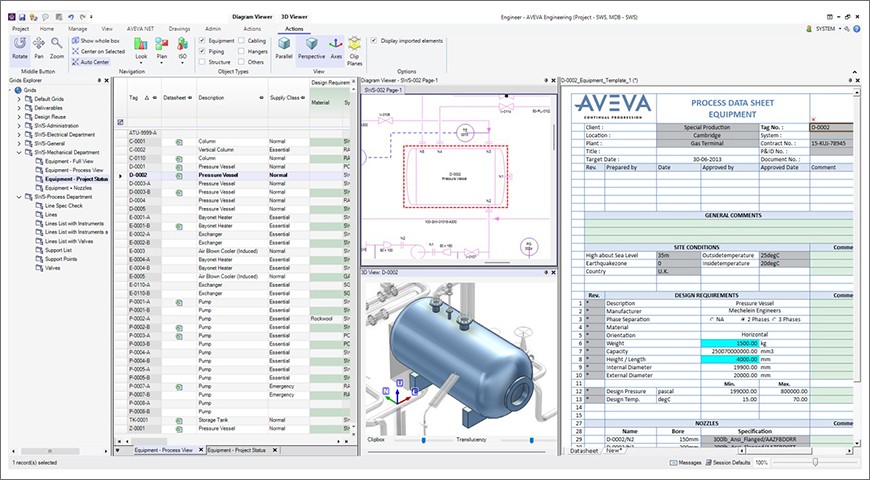
Globally distributed, multi-discipline teams working in silos
- Have your teams work together on the same data at the same time.
- Synchronize project work globally.
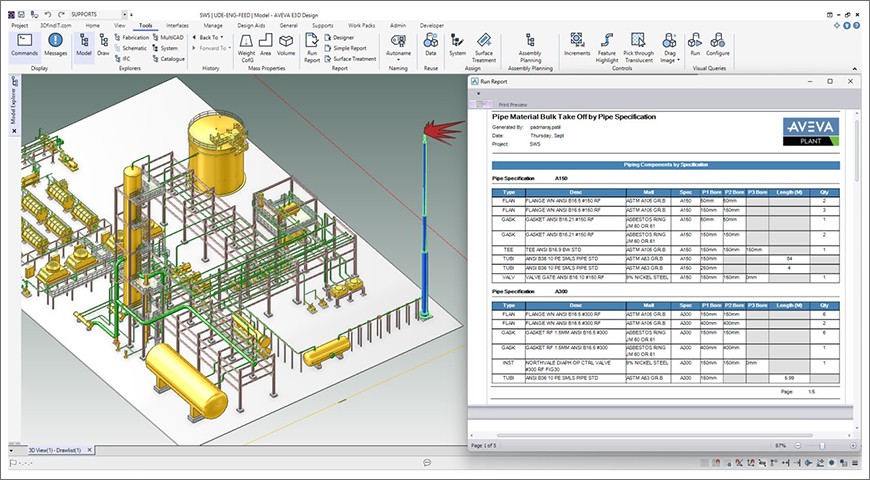
Finding the latest project information quickly
- A single, living digital project ensures that your teams are always working on the same data at the same time.
- Visualize your project in 3D and inspect details in context of the project model.
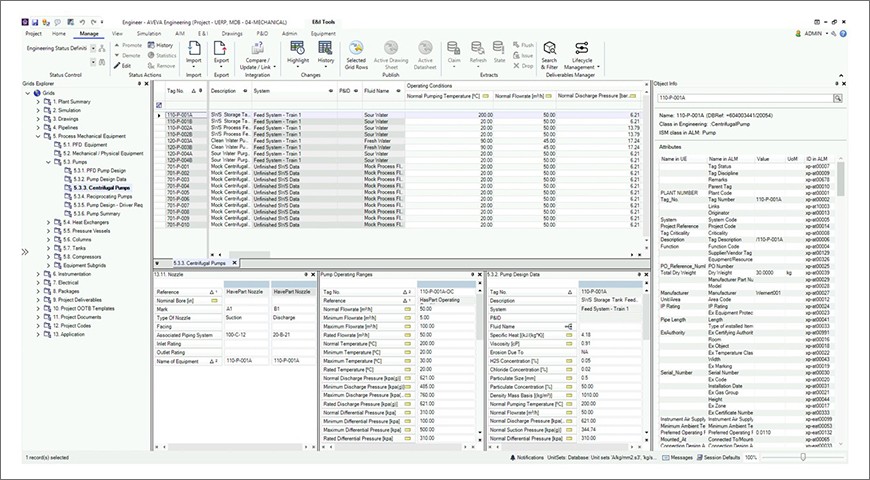
Difficulties tracking and proving KPIs
- Build a true, living digital twin.
- A detailed project data repository that can be handed over to asset operations.
- Report on transparent, measurable progress and KPIs.
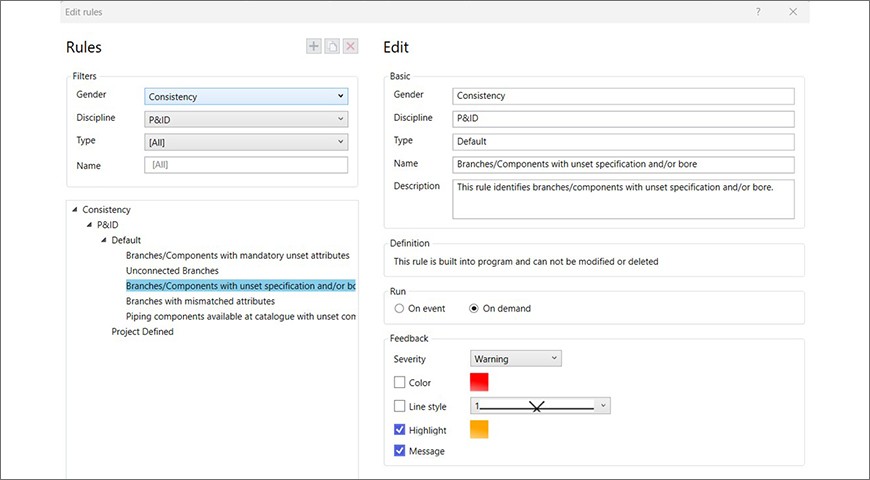
Setting up complex engineering projects is time-consuming
- Deploy quickly.
- Easy to set up and connect a multi-discipline, multi-site project.
- Reduce, or even remove, IT infrastructure requirements through hybrid cloud deployment.
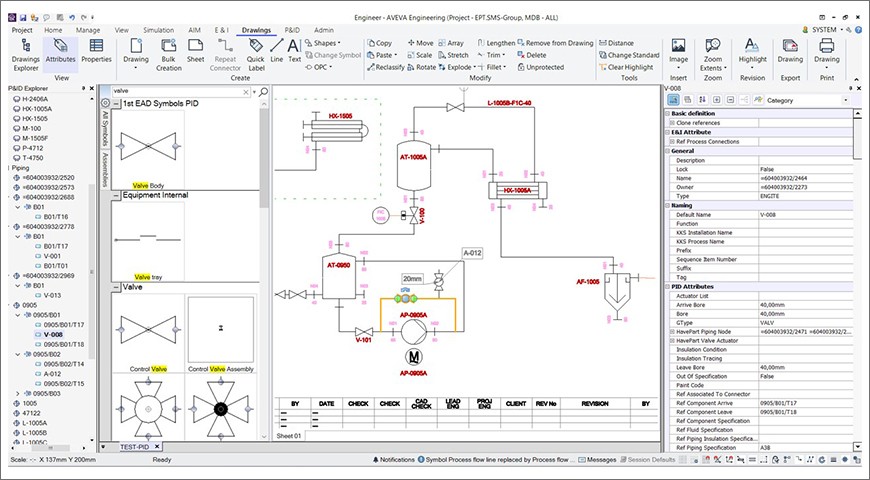
Constant concerns about project risk
- Ensure design data integrity and reliability.
- Automatically coordinate services and detect errors.
- Spend less time on-site.
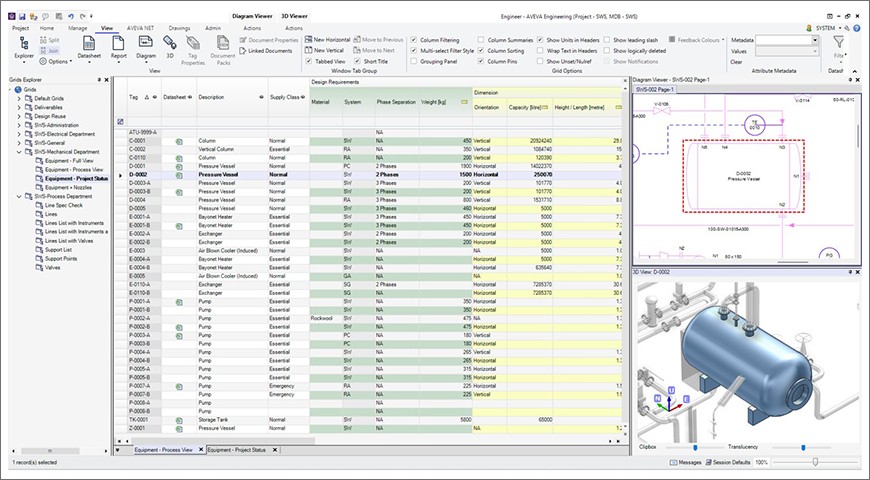
Inconsistent data across project phases
- Remove manual data propagation and improve labor-intensive discrete workflows.
- Greatly reduce human errors with digital processes.
- Significantly improve data accuracy.
- Intake simulation data and export design data directly to construction management.
FAQs
Yes, with AVEVA tools, simulation data done in concept can be brought into the detailed engineering and FEED design stages.
Yes, with AVEVA tools, design data can be linked to materials and procurement activities in construction, linking cost and schedule estimates to intelligent engineering data. A digital asset created in the design stages can also be updated to reflect the as-built on-site reality of the constructed asset.
Digital change is never a simple matter of rip-and-replace; it needs to be graduated. Creating meaningful change begins with starting small and scaling. Contact us to discuss your current workflow challenges and shortcomings.
This depends on your individual needs. AVEVA tools are available with hybrid deployment options, which can dramatically reduce on-site IT/OT requirements, often eliminating the need for on-site servers.
Resources
- Ebook
Connected capital projects
- White Paper
Engineering better relationships and more sustainable capital projects
- Webinar